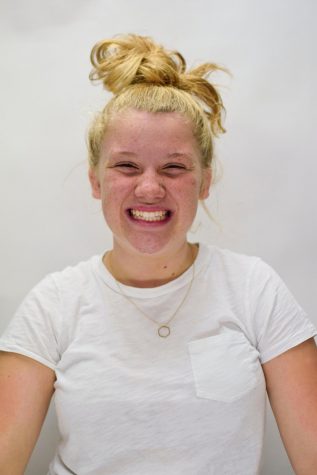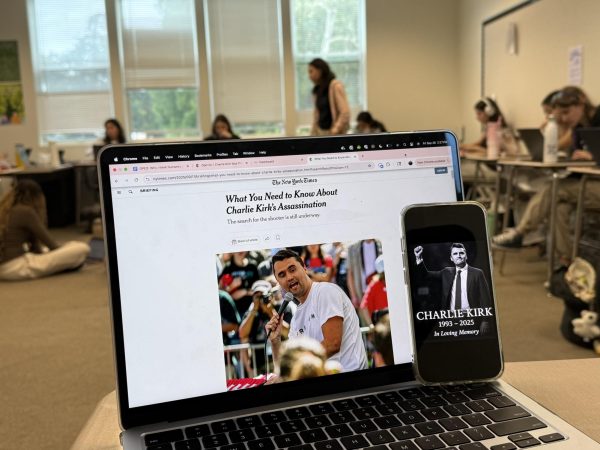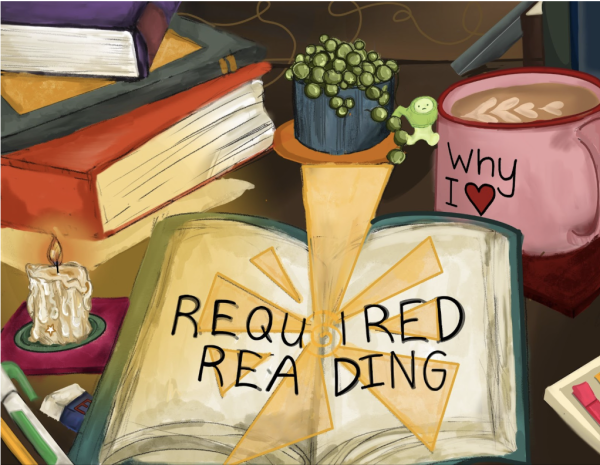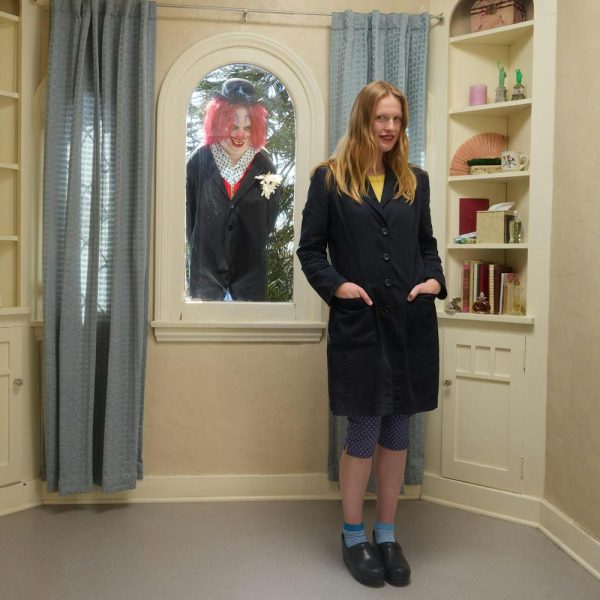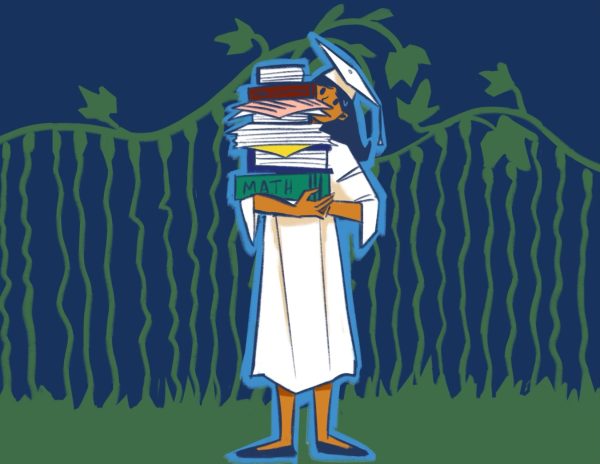February Editor’s Note
I am sure you are sick of hearing people talk about fake news, but I am going to mention it once more. For Spyglass, as a student-run publication, we have recently been examining our role as truth-tellers and ethical journalists. Many of us read the news because it’s one of our passions, but in talking about how to provide news that is both important and engaging, we realized that most of our peers don’t read the news, and if they do, or think they do, it is through Twitter, Instagram, or by reading short headlines. When they do actually read an article, it is often from sources that share their opinion. At Westridge, that means left-leaning news media. Whether you swing right or left, hunkering down in an echo chamber is just asking for misinformation.
In my opinion, Donald Trump’s incessant use of the term “fake news” calls every single piece of news into questioning. People don’t know what to believe anymore. For me, when I really want to dive into a subject, I read four articles about it from different news sources. Each source has something different to say, and by the time I’m done, I have a fuller understanding of the issue because I’ve cross-analyzed and asked myself what they all had in common. This is a tedious process that I often don’t have time for, that few of us have time for.
So in writing and thinking through our own practice of journalism, the Spyglass staff has been in conversation about proper reporting, bias, and censorship. We have been asking ourselves: What stories are we not telling? Why? Who is in control of the information and stories that we are providing? Are there certain voices that are left out? How do we ask questions and interview without any bias? What are all the factors that contribute to bad reporting, and so on. We’re not perfect, but our goal has been to increase our own media literacy and the literacy of our peers.
I believe that the conversation surrounding accurate and factual journalism needs to continue not just within the journalism world, but with all people, especially at schools.
For this edition, we challenged our staffers to each write one feature story. This is a story devoted to one topic, a deep dive at length that leaves out no information. Each reporter went through the basics of fact-collecting, the who, what, where, when, why, etc. But then they were asked to examine each of these categories, to look into outside resources, make clear goals for their article, and make sure they knew what essential questions they were investigating.
This exercise is the beginning of our re-commitment to learning and moving towards more genuine professional news reporting. So welcome to our first issue published on our brand new website. We shifted to a new platform in order to make it easier for us to publish faster and in a simpler and ongoing way. With our new website, we are able to organize our articles and add more elements that you would see in other publications.
Together let’s continue the conversation around the media and misinformation. The first step is reading and subscribing to student journalism.




























![Dr. Zanita Kelly, Director of Lower and Middle School, pictured above, and the rest of Westridge Administration were instrumental to providing Westridge faculty and staff the support they needed after the Eaton fire. "[Teachers] are part of the community," said Dr. Kelly. "Just like our families and students."](https://westridgespyglass.org/wp-content/uploads/2025/03/dr.-kellyyy-1-e1748143600809.png)






















